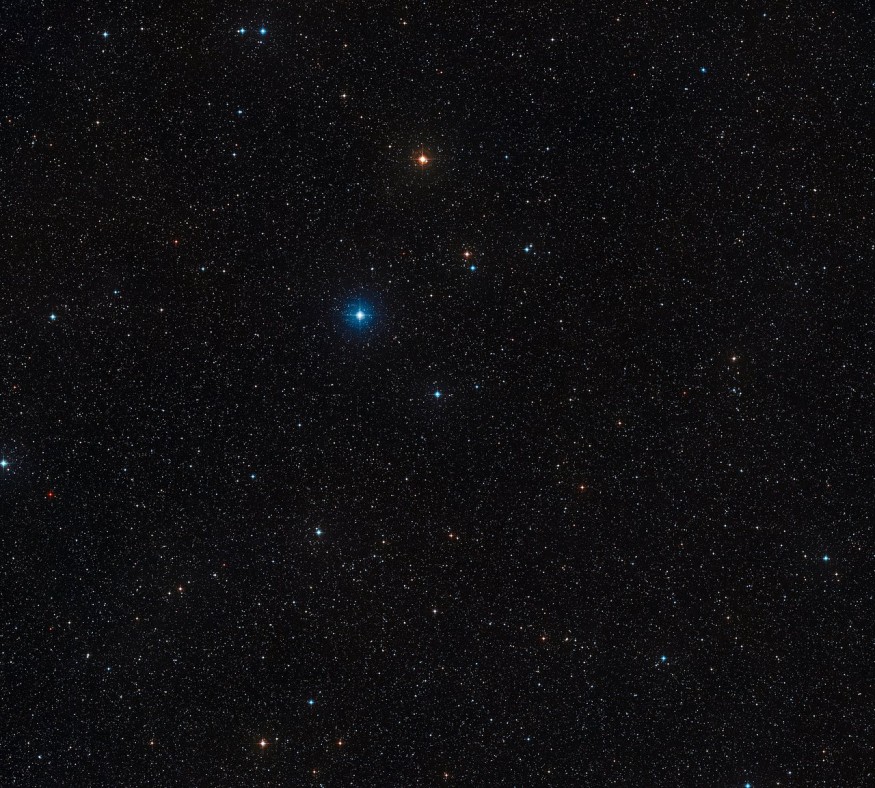One freshly found exoplanet appears to be checked off the list. It's almost probable that HD 131399Ab is a star, not a planet.
HD 131399 is a 300-light-year-distance star system from Earth. It's a hierarchical triple made up of a pair of low-mass stars circling each other (called a binary) and orbiting a more massive star. It's part of a youthful cluster of stars, and astronomers estimate their age to be around 16 million years old using various methodologies. The Sun is just 4.5 billion years old, so that's relatively young.
These types of triple stars are relatively common, but what makes it stand out is the existence of another object that was discovered in high-resolution photographs acquired in Chile in 2015 using the Very Large Telescope. The object looks near the system's parent star (HD 131399A) and has the colors and brightness of a newborn planet, still blazing from the heat of creation.
The study team that made the findings retracted the previous claim on Thursday.

HD 131399 Ab is Not An Exoplanet
According to National Geographic, HD 131399ab has four times the mass of Jupiter and is one of the few planets whose image has been taken directly.
HD 131399ab is located in the constellation Centaurus, 340 light-years distant, and its skies are a churning tapestry of triple-sunned activity.
Around six years ago, scientists reported the finding of HD 131399 Ab. The discovery of the Jupiter-sized new world drew a lot of interest at the time, partially due to the novelty of a world with three suns. The finding was intriguing to astronomers because it had been directly seen. Rather than observing the planet as a blip of blackness or a wobble of movement in its primary star, scientists had directly photographed it with their telescopes.
However, as time passed and scientists attempted to check in on the system, they discovered something was wrong. The objects' parallax, or how much they moved against the stellar backdrop as viewed from different places in Earth's orbit, was studied in detail.
Independent astronomers discovered that the putative planet and star system were not the same distance from Earth, as verified by the planet's discoverers.
In other words, what astronomers assumed was a planet was actually a fast-moving background object that was several light-years further from Earth than the HD 131399 system.
Distant Star Moves Faster Than Usual
Furthermore, this distant star appears to travel extremely swiftly, causing it to keep up with a much closer star system. The disparity shows that some events gave the star a boost - scientists speculate that it was evicted from its home system or had a near collision with another system.
Kevin Wagner, an astronomer at the University of Arizona and one of HD 131399 Ab's would-be discoverers, told Space.com that any of these would be extremely unusual on its own
Wagner said he's not aware of any other occasions when a red star or other fast-moving object has been mistaken for a nearby planet, but the chance does exist, as the HD 131399 Ab event illustrates.
RELATED ARTICLE : Goldilocks Zone Explained: What Is the Temperature, Distance of the Habitable Area in the Solar System?
Check out more news and information on Space in Science Times.
© 2025 ScienceTimes.com All rights reserved. Do not reproduce without permission. The window to the world of Science Times.











